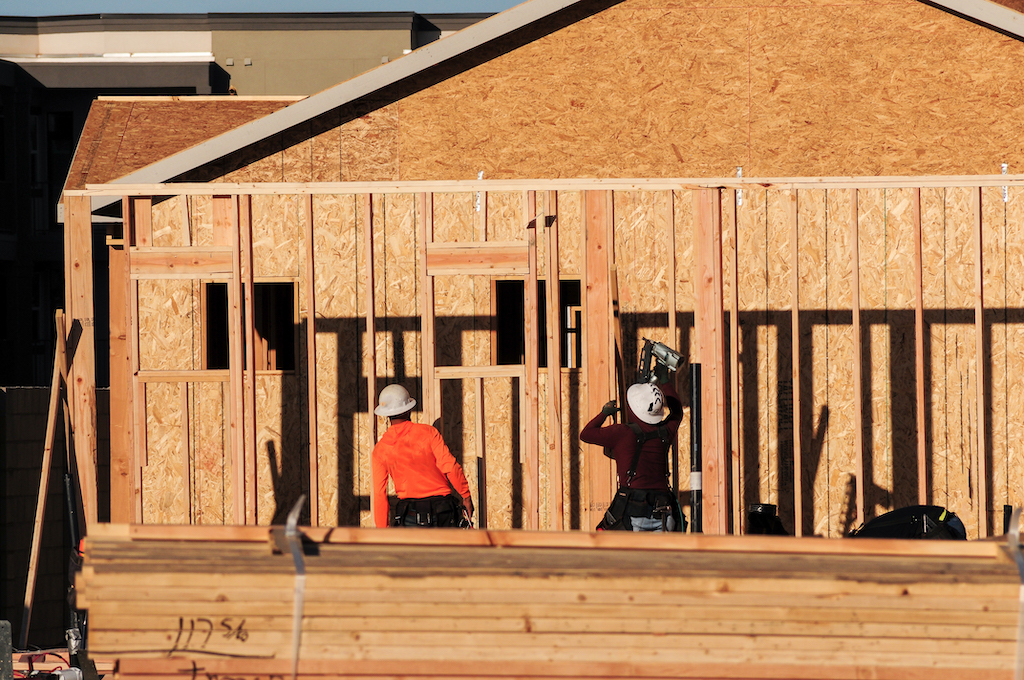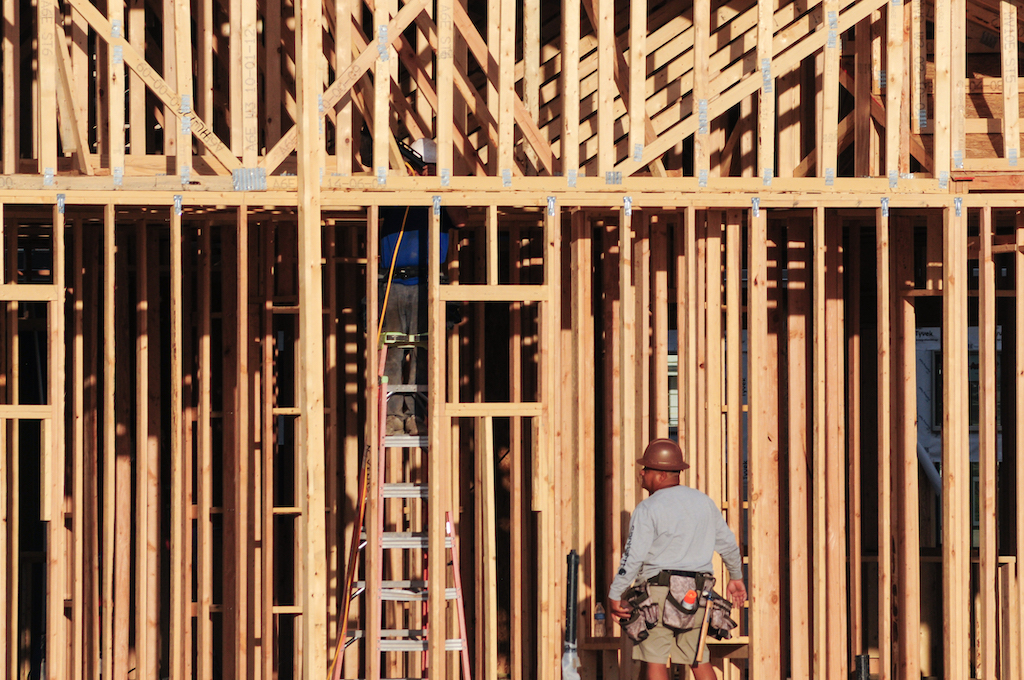(Mesa, Arizona) — As the 2024 presidential election nears, the housing crisis stands out as one of the most urgent concerns for millions across the U.S. Skyrocketing home prices, a severe lack of affordable housing, and record levels of homelessness have elevated the issue from a chronic problem to a national emergency that demands immediate action.
The crisis is driven by soaring home and rental prices, which continue to far exceed wage growth. Today, one in three households spends over 30% of their income on housing, qualifying them as “cost-burdened.” With a shortfall of millions of affordable housing units—especially in urban and suburban areas—candidates in the 2024 race, including Vice President Kamala Harris and former President Donald Trump, are offering distinct plans to tackle this complex problem. Both candidates prioritize the housing crisis but present fundamentally different approaches shaped by their economic and regulatory philosophies.
Related → Testing democracy: ballot tabulator test in Phoenix bolsters trust ahead of November election
Kamala Harris’s approach: affordability and protection for renters
Vice President and Democratic presidential candidate Kamala Harris proposes a broad strategy to address the housing crisis, focusing on affordability and increased protections for renters. At the center of her plan is a goal to build three million new housing units over the next four years, with an emphasis on starter homes. Harris intends to incentivize developers with tax benefits aimed at affordable rental housing, channeling development to areas where housing demand is highest.
Additionally, Harris advocates for substantial down payment assistance to first-time homebuyers. Her proposal would offer up to $25,000 in assistance, with a target of helping over four million new homeowners during her first term. The plan also calls for expanding rental assistance and strengthening fair housing laws to prevent abuses by corporate landlords. With a proposed $5.5 billion fund for affordable housing and homelessness prevention, Harris’s approach emphasizes support for vulnerable communities.
Critics argue that while Harris’s proposals are well-meaning, they could inadvertently fuel the housing crisis by increasing demand and potentially driving prices higher. Some economists warn that her down payment assistance could lead to further price inflation if housing supply fails to keep up with demand. Furthermore, while Harris has pointed to corporate landlords as a significant factor in the crisis, some experts contend that these entities also play a role in expanding rental housing, and targeting them could limit housing options.
The Harris-Walz campaign launched a new ad Monday, highlighting Harris’ housing affordability plan as part of a $370 million campaign effort, aiming to connect with a broad Arizona audience.

Donald Trump’s approach: deregulation and emphasis on single-family housing
Former President and Republican presidential candidate Donald Trump’s strategy focuses on removing regulatory barriers to boost housing construction, complemented by tax cuts designed to energize the housing market. Trump’s platform argues that existing regulations hinder developers and impede housing growth. By streamlining zoning rules and reducing regulatory red tape, he believes the pace of new construction, especially single-family homes, can be accelerated.
Trump’s plan also includes property tax reductions and targeted tax incentives for home builders. A major component of his platform is his stance on curbing illegal immigration, which he claims will reduce pressure on housing demand, though the link between immigration and housing costs is debated. His emphasis on single-family housing aligns with his support for exclusionary zoning policies, allowing local governments greater control over the types of housing built within their jurisdictions.
Trump’s proposals have faced pushback as well, with critics concerned that deregulation could lead to unchecked development that could harm local environments and strain infrastructure. While Trump’s focus on single-family homes appeals to some voters, others view it as a limitation on affordable housing options that could be achieved through multi-family units—an approach seen as crucial for meeting urban housing needs.
Two visions, one housing crisis
The housing crisis has inspired distinct plans from Harris and Trump, each reflecting their policy ideologies. Harris’s plan highlights affordability and tenant protections, aiming to expand homeownership and safeguard renters, though some argue it could unintentionally deepen the supply-demand imbalance. Trump’s approach relies on deregulation and market incentives, seeking to expedite construction and uphold local zoning autonomy, but raises concerns about environmental risks and limiting affordable housing growth.
Ultimately, voters face a choice between two contrasting visions for tackling the housing crisis—one prioritizing government intervention to increase affordability and protect tenants, the other focused on market-driven solutions and regulatory reduction to stimulate construction. Both candidates recognize the critical nature of the housing crisis but diverge on solutions, reflecting a broader debate on government’s role versus market forces. The future of housing in America hinges on the choices made in this election, with voters determining which path may better address the nation’s urgent need for sustainable, affordable housing.
© 2024, Eduardo Barraza. All rights reserved.





